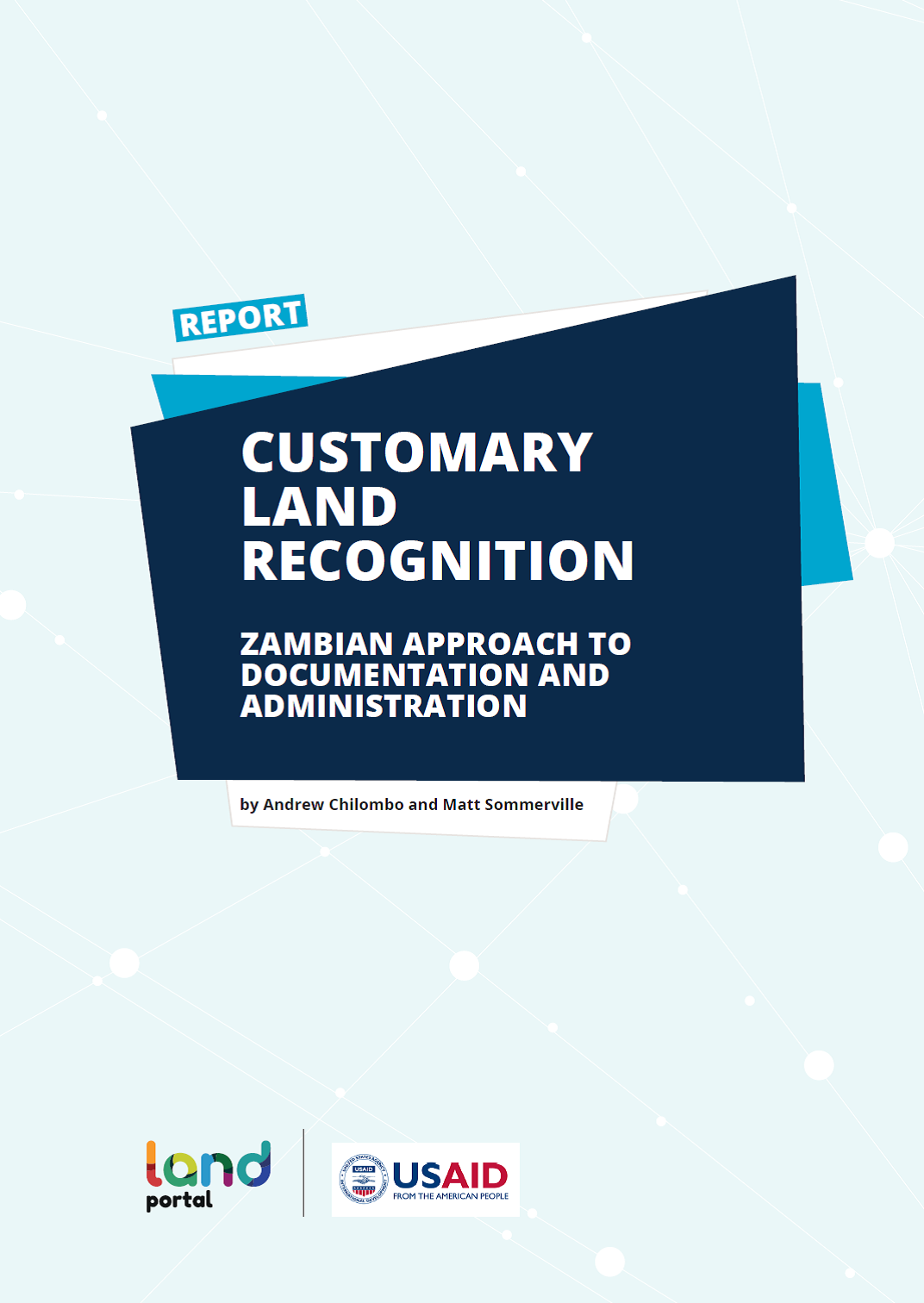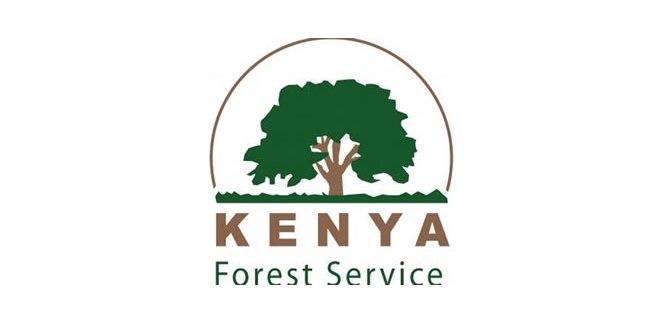Plan de reforestación con prácticas que mejore la conservación de los recursos naturales en las áreas de las fuentes hídricas del páramo "El Mozo" comunidad Ñamarín
Este trabajo investigativo práctico se desarrolla con los pobladores de la Comunidad de Ñamarin del Cantón Nabón, quienes al momento sufren las consecuencias de la mala calidad de agua que afecta a su salud, problema que es causado por el mal manejo de los recursos de los páramos. Por esta razón se busca desarrollar actividades de reforestación que permita mejorar la capa de vegetación y promover en la población actitudes de conservación y protección de los recursos como el agua, el suelo y la vegetación a fin de contribuir a mantener un ambiente adecuado y saludable para la población.







